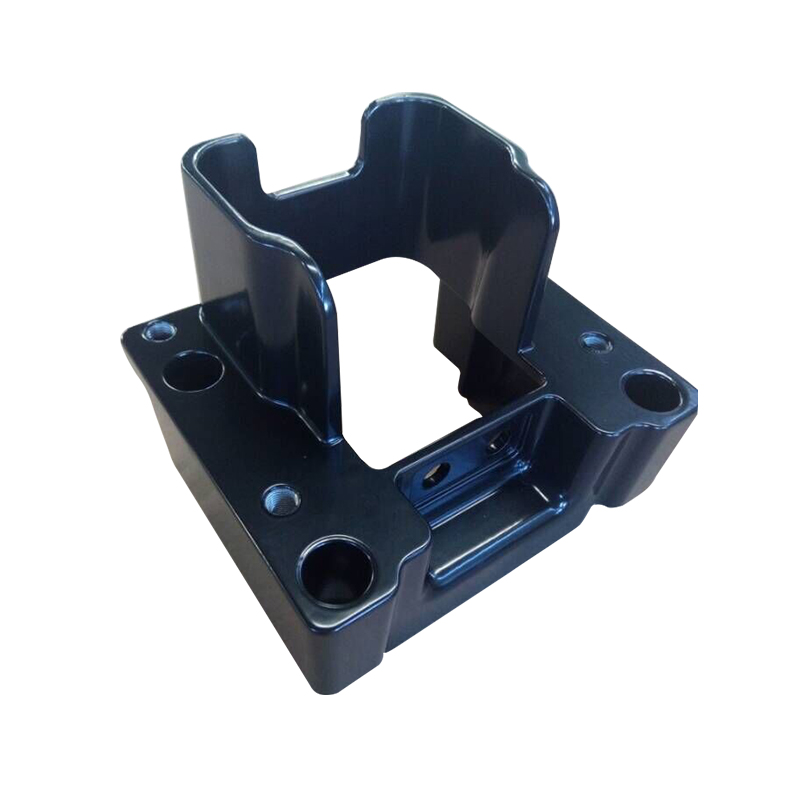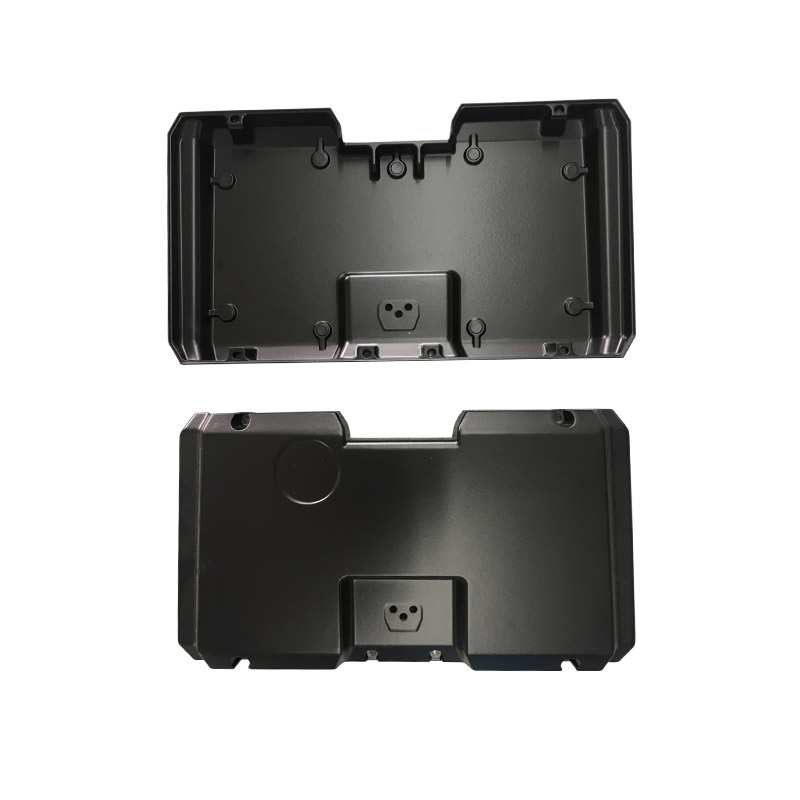 Automotive aluminum die-casting parts
Automotive aluminum die-casting parts
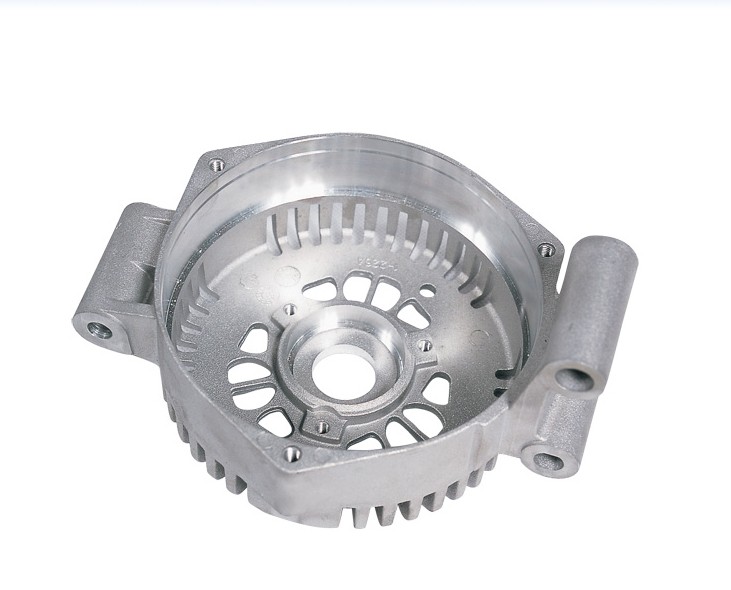 Aluminium Die Casting Crankcase Oil Tank Engine Cover
Aluminium Die Casting Crankcase Oil Tank Engine Cover
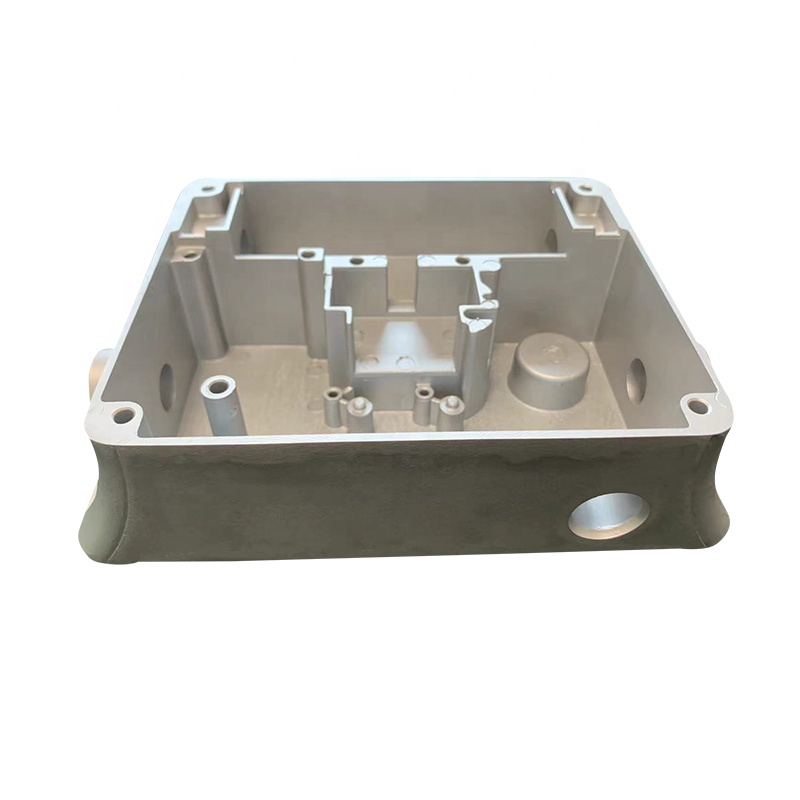 Foundry Customized High Pressure Aluminum Metal Die Casting
Foundry Customized High Pressure Aluminum Metal Die Casting
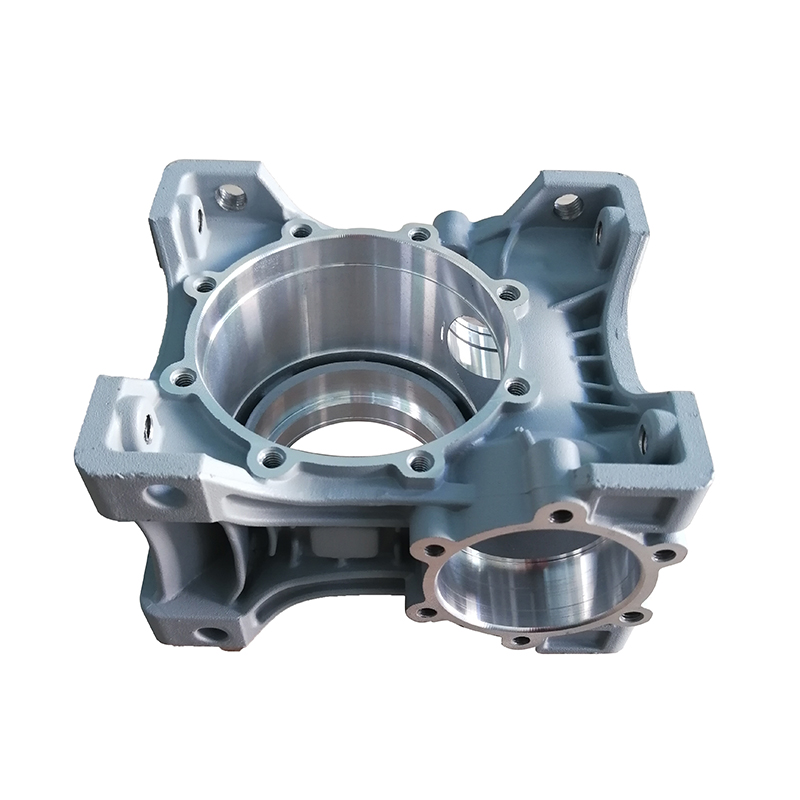 Aluminum Die Casting Motor Housing Stator Frame
Aluminum Die Casting Motor Housing Stator Frame
 Manufacturer anodized powder coating mould aluminum die casting parts
Manufacturer anodized powder coating mould aluminum die casting parts
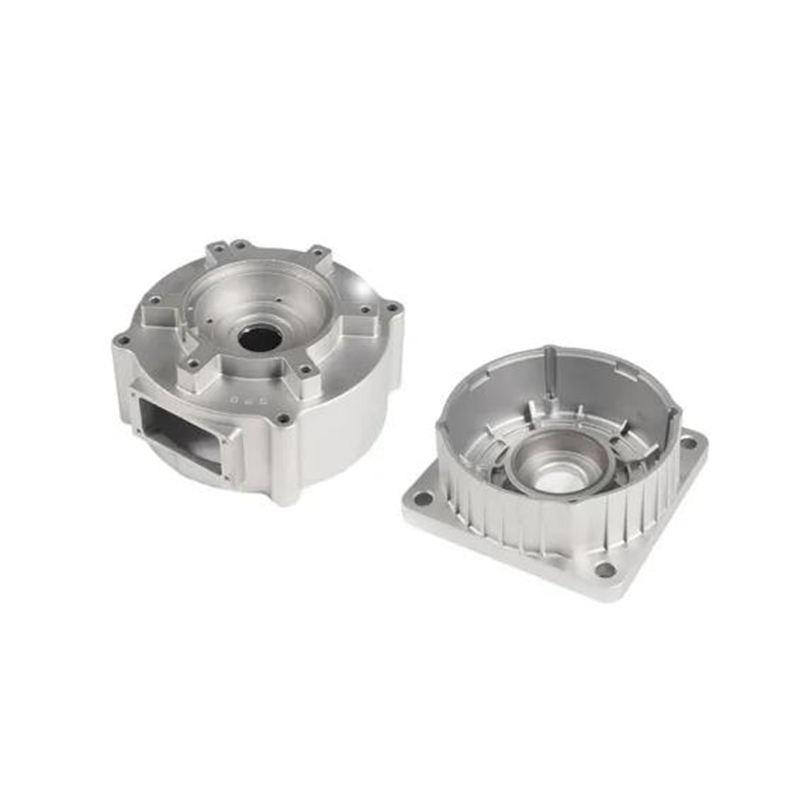 Motorcycle Aluminum Die Casting Parts | Stamping Die
Motorcycle Aluminum Die Casting Parts | Stamping Die
 Automotive Custom Aluminum Die Castings
Automotive Custom Aluminum Die Castings
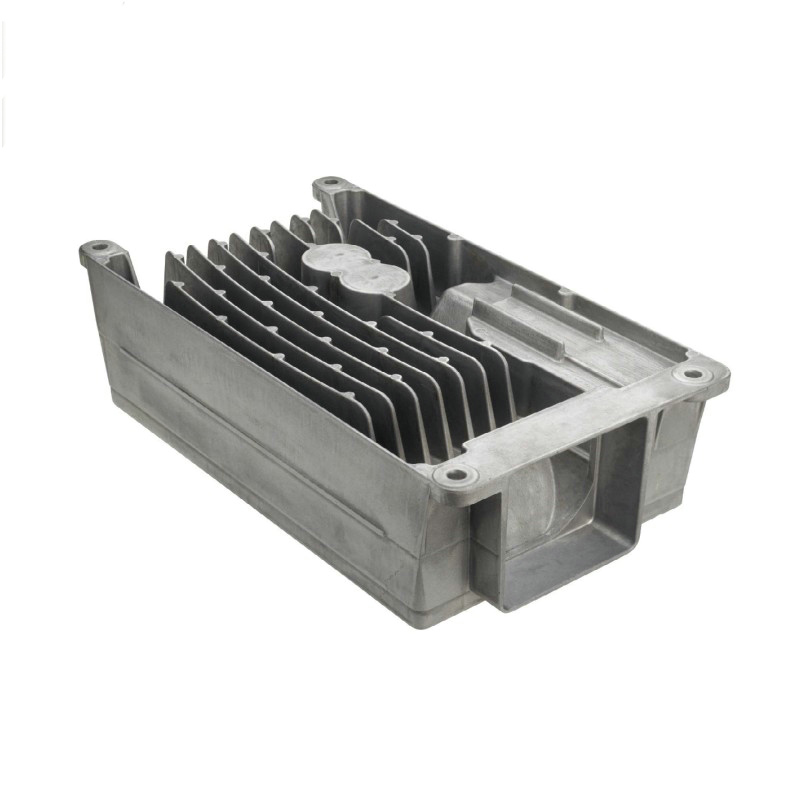 Automotive Battery Aluminum Die-casting Parts
Automotive Battery Aluminum Die-casting Parts
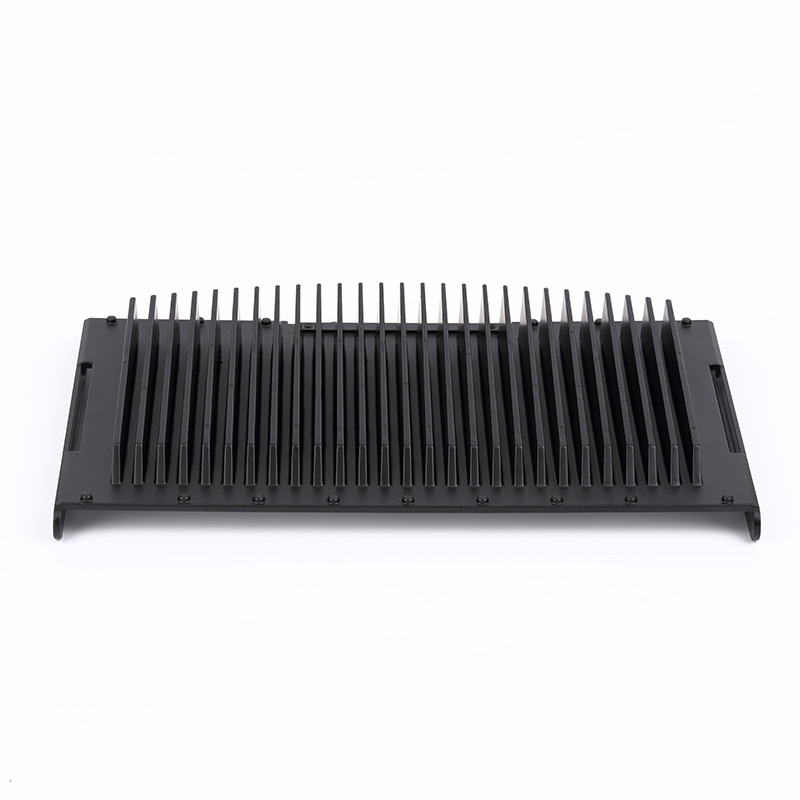 Led Lighting Aluminum Heatsink | Aluminum Die-casting Shell
Led Lighting Aluminum Heatsink | Aluminum Die-casting Shell
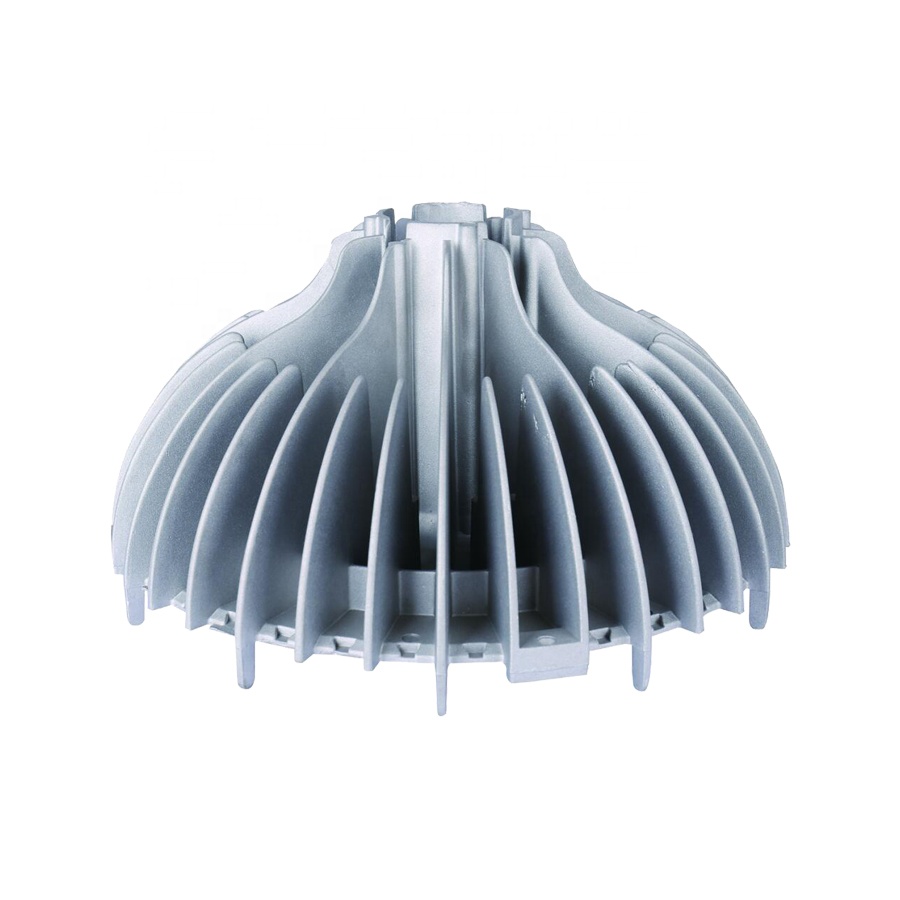 LED Lighting Heatsink | LED Aluminum Die-cast Housing
LED Lighting Heatsink | LED Aluminum Die-cast Housing
 Die Casting LED Work Light | Housing & Heat Sinks
Die Casting LED Work Light | Housing & Heat Sinks
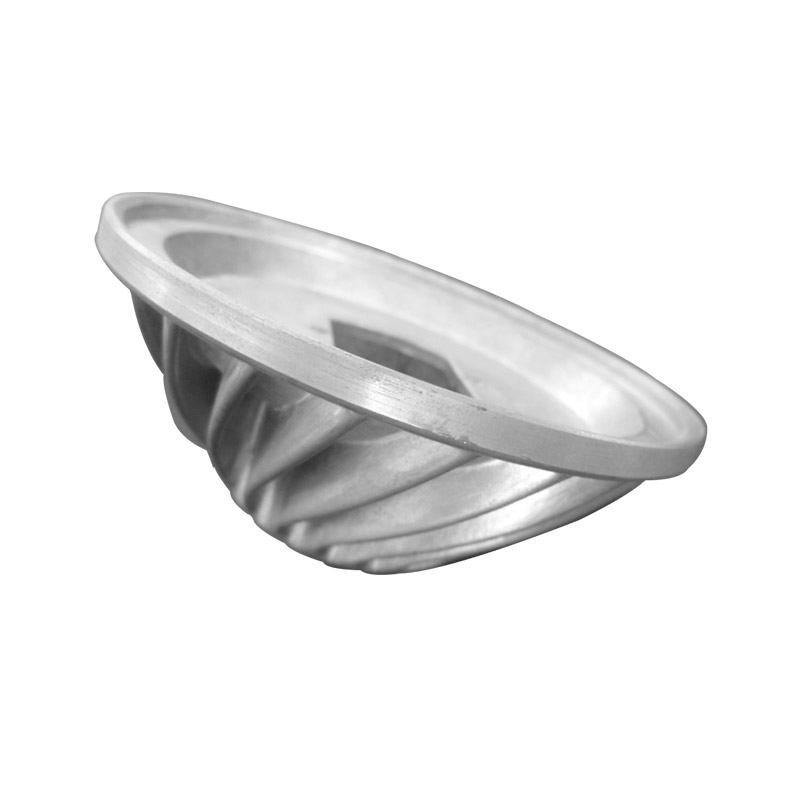 Casting Aluminum LED Cooling, LED Thermal Management
Casting Aluminum LED Cooling, LED Thermal Management
 LED Heatsinks & Housings - Die Casting in LED Supply
LED Heatsinks & Housings - Die Casting in LED Supply
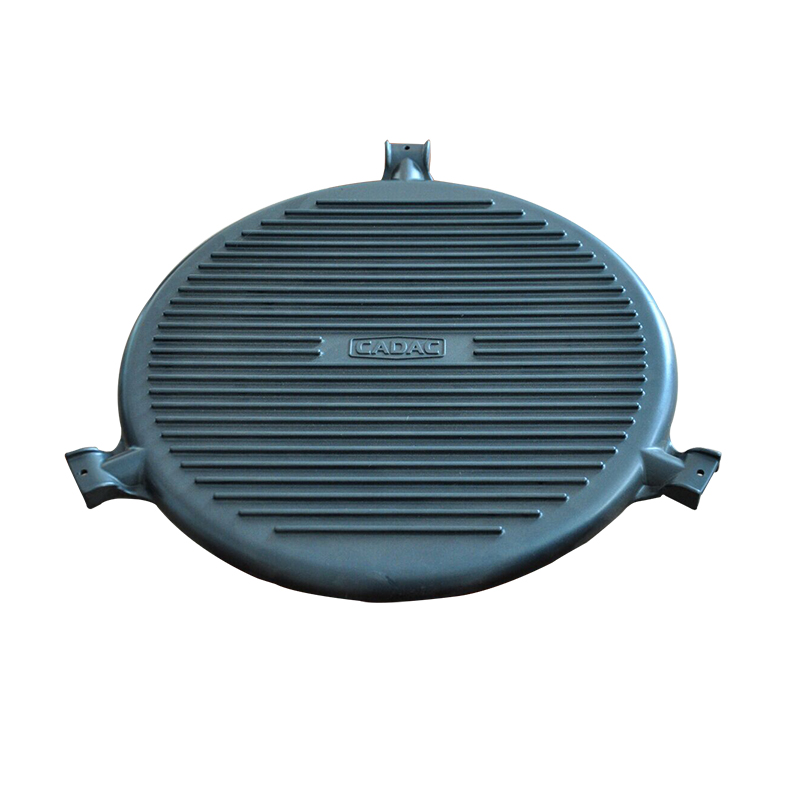 Custom Aluminum CNC Parts | Aluminum Fabrication
Custom Aluminum CNC Parts | Aluminum Fabrication
 Aluminum Office Chair Base With Die Casting
Aluminum Office Chair Base With Die Casting
 Aluminum Die Castings for Telecommunication Parts
Aluminum Die Castings for Telecommunication Parts
Weight reduction – Aluminum die casting provides an optimal balance of strength, weight, and cost making an excellent material for weight-sensitive applications requiring durability and strength.
Dimensional accuracy and stability – Aluminum casting produces parts that are durable, stable, and keep close tolerances.
High-speed production – Aluminum die casting provides complex shapes, well tolerances than a lot of other mass production processes. Few or no machining is required to produce thousands of identical castings.
Heat Dispersion – Die cast aluminum have both dimensional flexibility and heat dispersion characteristics.
Heat Tolerance – Die cast parts can match the complexity found in over-mold plastics while operating effectively in high-heat situations.
Strength and weight – Pressure cast aluminum parts provide well strength than plastic injection molding for the same dimensions.
Multiple finishing techniques – FUERD provides aluminum die cast parts with smooth or textured surfaces which can easily be plated, coated, or finished with a minimum of surface preparation.
Simplified Assembly – Aluminum die castings can be integral fastening elements, such as bosses and studs. Integration of threads in the mold design phase eliminates additional fasteners in assembly processes. Integrated tabs and bosses and registration features further reduce part count and well assembly quality.
Alloy Selection – Selecting the right aluminum alloy for the application and designing the component to exploit the characteristics of the alloy and the die cast process allows OEMs to reap the full benefits of aluminum in many applications, such as A360, A380, and ACD12.
Corrosion Resistance – Aluminum offers distinct advantages over alternative materials, in applications demanding a high tolerance to corrosive environments. Aluminum parts provide the best combined durability against salt, water, and UV when combined with the correct coating technology for the application – of damage.
Mold Preparation: The die casting process starts with the creation of a two-part mold, made from high-strength steel. The mold consists of a fixed half (the "cover die") and a movable half (the "ejector die"). These halves are machined to form the shape of the final product.
Melting and Injection: Aluminum alloy ingots are melted in a furnace to form molten aluminum. The molten metal is then injected into the mold under high pressure using a piston or plunger. The high pressure ensures that the molten aluminum fills all the intricate details of the mold, resulting in a precise and accurate product.
Cooling and Solidification: After injection, the molten aluminum rapidly cools and solidifies within the mold, taking on the shape of the mold cavity. The cooling time is controlled to ensure that the part solidifies properly and any potential defects are minimized.
Ejection: Once the aluminum has solidified, the movable ejector half of the mold pushes the finished part out of the die. This process is often assisted by the use of ejector pins.
Trimming and Finishing: After the part is ejected, excess material or flash (excess metal that overflows from the mold) is removed through trimming or CNC machining processes. The part may also undergo additional finishing processes like sandblasting, polishing, or painting, depending on the desired surface finish.
Quality Control: The finished parts undergo quality inspection to ensure they meet the required specifications and meet the necessary quality standards.
what are pros and cons of aluminum die casting?
Pros:
-
Lightweight and strong: Aluminum alloys have excellent strength-to-weight ratios, making die-cast aluminum parts lightweight yet durable. This makes them suitable for various applications, especially in the automotive and aerospace industries.
-
Complex shapes and thin walls: Die casting allows for intricate designs and thin walls to be produced accurately, which might be challenging or costly with other manufacturing methods.
-
High production rates: The die casting process is efficient, enabling high production rates and reducing manufacturing lead times compared to other techniques.
-
Good surface finish: Aluminum die cast parts generally have a smooth surface finish, which may eliminate the need for additional finishing processes.
-
High thermal conductivity: Aluminum's high thermal conductivity makes it suitable for heat dissipation applications, such as heat sinks for electronics.
-
Recyclability: Aluminum is a highly recyclable material, contributing to sustainable manufacturing practices and reducing environmental impact.
-
Cost-effective for large production runs: Die casting can be cost-effective for large production volumes due to reduced unit costs as the volume increases.
Cons:
-
High initial tooling costs: The tooling required for aluminum die casting can be expensive, particularly for complex parts, which may impact the feasibility for small production runs.
-
Limited material selection: Although aluminum alloys offer a wide range of properties, the material selection is still somewhat limited compared to other manufacturing processes like forging or CNC machining.
-
Porosity: In the die casting process, air can get trapped in the molten metal, leading to porosity in the final product. Proper design and process optimization can mitigate this issue.
-
Tolerance limitations: Achieving tight tolerances may be challenging with die casting, especially for large and complex parts.
-
Environmental concerns: While aluminum is recyclable, the die casting process itself can generate waste and require specific disposal procedures for pollutants.
-
Limited part size: The size of die-cast aluminum parts is limited by the capabilities of the die casting machines, which may not be suitable for extremely large parts.
Overall, aluminum die casting is a versatile and widely-used manufacturing method for a range of applications, offering significant advantages in terms of strength, weight, and complexity. However, it may not be the best option for every scenario, and consideration should be given to factors such as production volume, part size, and required tolerances when choosing this process.






